More than a half-century after a bag of seeds was carried to the moon and back, a moon tree stands tall in Louisiana’s Kisatchie National Forest. It is the only surviving tree in the state that was part of the space-traveling batch of seeds.

Moon tree is part of apollo 14 legacy
When Apollo 14 was launched toward the moon in 1971, it carried not just astronauts but also a unique botanical payload. Stuart Roosa, one of the astronauts aboard, had a container of several hundred seeds, part of an experiment to explore how weightless space travel impacted seeds from several common types of trees. This mission gave rise to the phenomenon of “moon trees,” which have since been a subject of fascination and study.
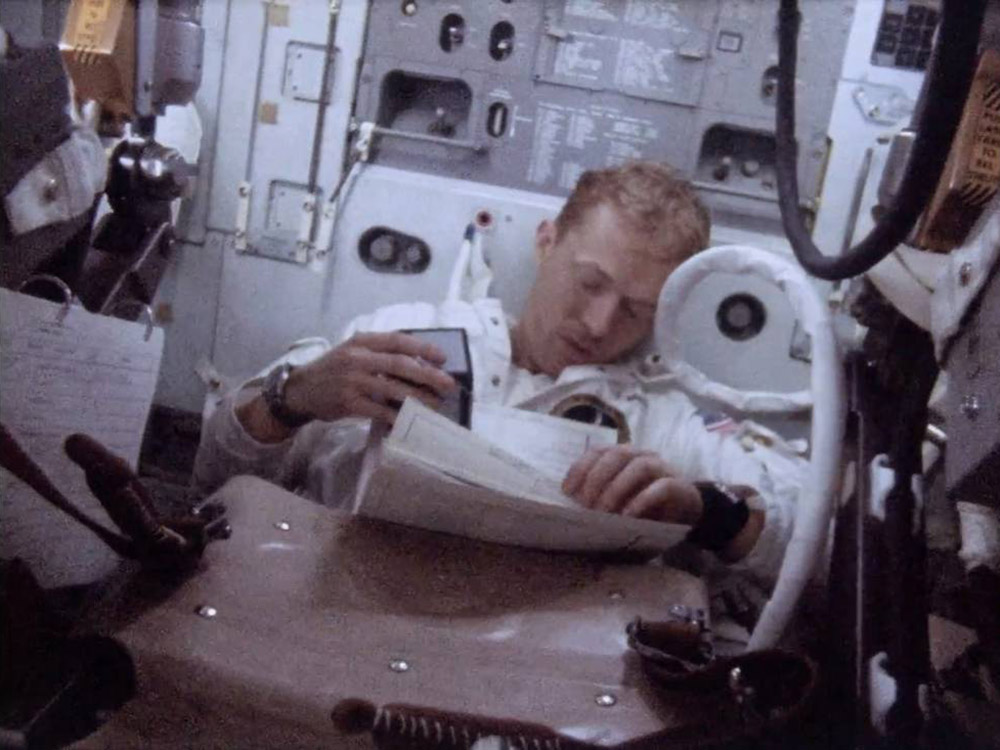

journey of the moon tree
While astronauts Alan Shepard and Ed Mitchell were making history walking on the lunar surface, Roosa orbited above in the command module, his precious cargo of seeds making 34 loops around the moon. These seeds, upon their return to Earth, were distributed around the world for planting. One such seed, a loblolly pine, found its home in central Louisiana’s Kisatchie National Forest. Jonny Fryar of the U.S. Forest Service, standing beside a towering pine with sprawling branches, remarked, “it’s been to outer space.” This “moon tree” has not only survived but thrived for the last half-century in the pine forest.
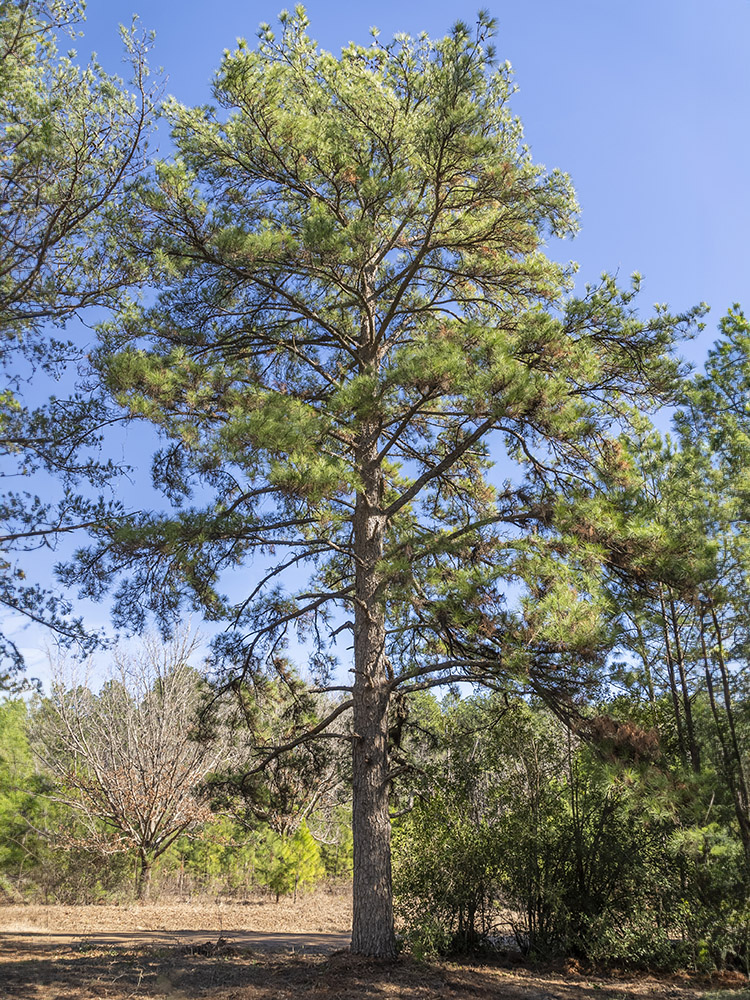
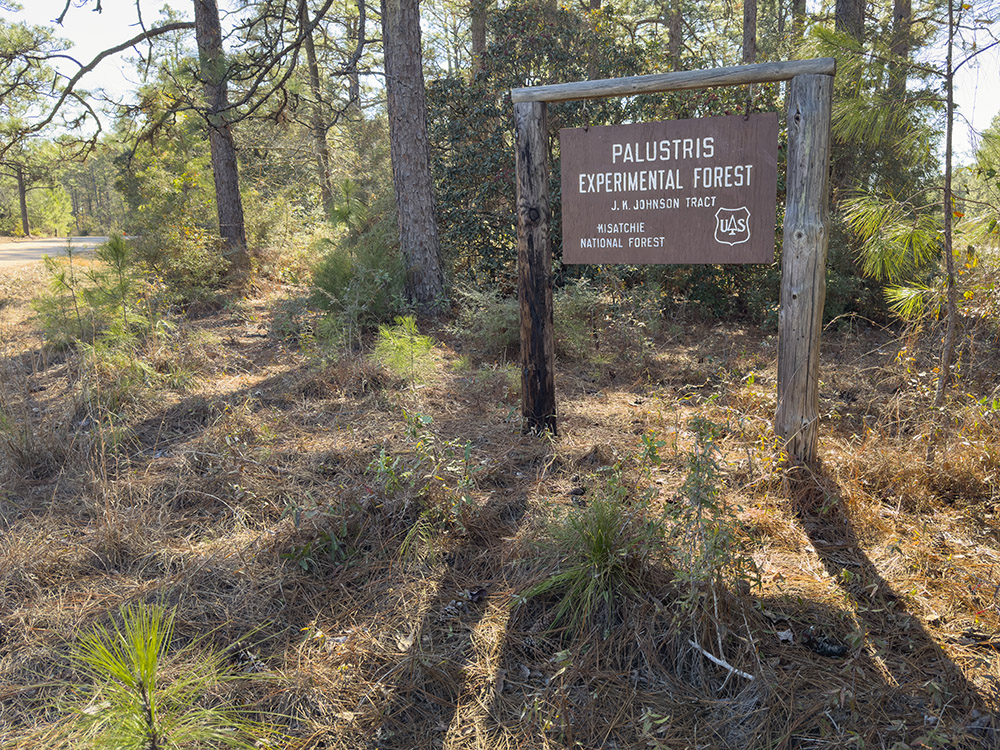
observing growth and change
Kisatchie’s research area provided a unique setting for this moon tree, allowing scientists and technicians to monitor and measure its development. “It was watched over, measured over the years by the scientists and technicians that worked here,” Fryar explained. The experiment aimed to compare the growth of the moon tree with that of a control tree planted alongside it. However, the discovery that the control tree was not a loblolly pine but a shortleaf pine complicated those comparisons.
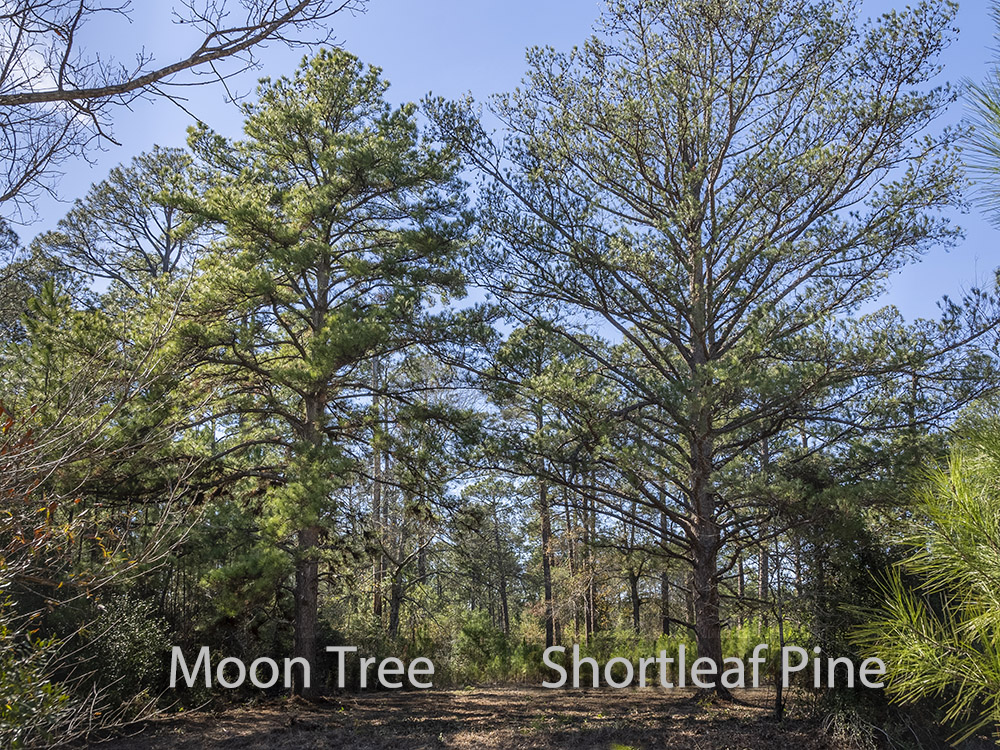
Louisiana’s moon tree featured on tv
growing up normal
Despite its moon mission, the loblolly pine in Kisatchie, with its broad branches, appears to be a normal 50-year-old tree. “When some people see this tree, they think that it looks different from most normal pines,” said Fryar. However, he explained that the tree’s branches are typical for trees planted in open areas with abundant sunlight. This observation underscores that the moon tree’s growth has not been significantly different from its Earth-bound counterparts.

louisiana’s lone moon tree survivor
Astronaut Roosa’s background as a fire jumper for the Forest Service before joining the space program added a personal dimension to the experiment. The loblolly pine in Kisatchie is a living link to this history, one of three moon trees planted in Louisiana in the 1970s. Although the other two were lost to Hurricane Katrina, the Kisatchie moon tree stands as a testament to the enduring curiosity and spirit of exploration that defined the Apollo missions.

Possible offspring of ‘moon tree’ grow nearby.
a curiosity that endures
Walking around Louisiana’s moon tree, the presence of young pines sprouting nearby serves as a reminder of the tree’s unique legacy. “What they found out is the tree is no different than any other pine tree,” Fryar concludes. Yet, the moon tree remains a curiosity. Visitors to the Kisatchie can witness this legacy firsthand, viewing a tall pine that extends its roots deep into Earth while reaching its branches toward the stars.
getting there
The Louisiana Moon Tree is located in the Kisatchie National Forest near the town of Elmer, LA. The tree is on the right side of the road a short distance past Twin Bridges Rd. See map below. For more information, contact the U.S. Forest Service District office in nearby Boyce, LA. Phone (318) 793-9427.


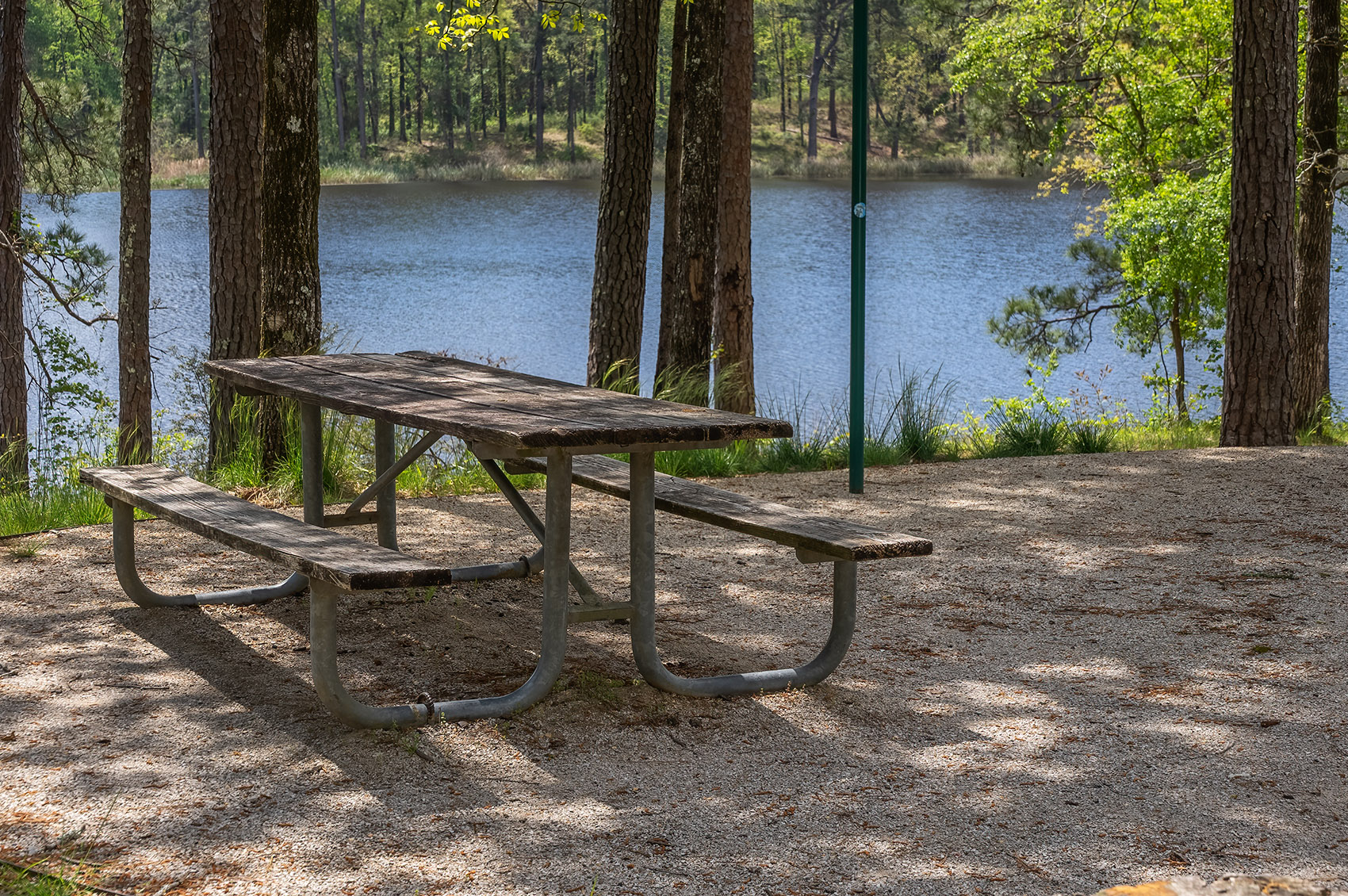
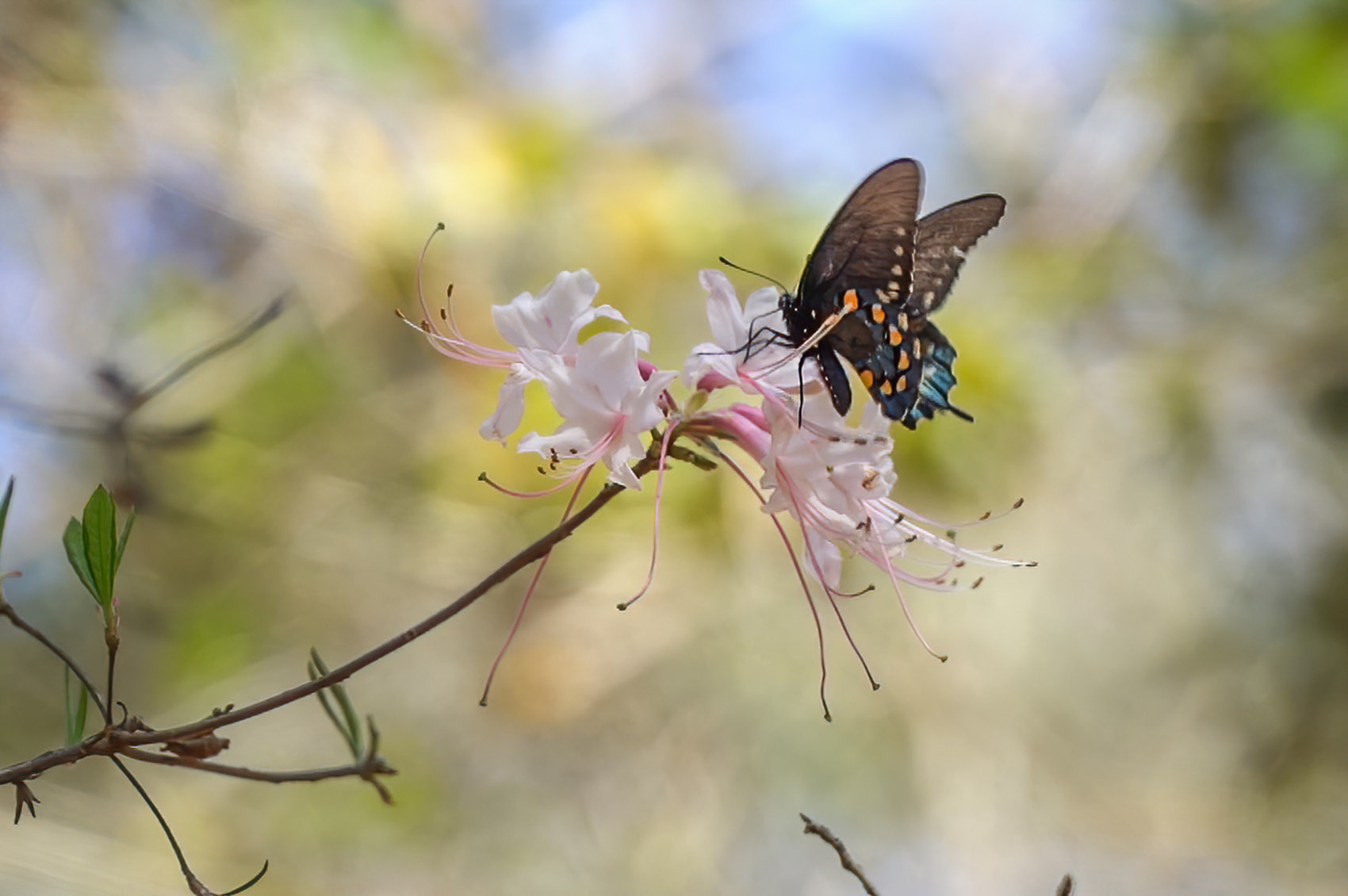

Rodney Brister
I had no clue of this tree and I have lived here for 56 years in Vernon parish.
I seen it on KALB news on 02/09/2024